It’s a heavy time for adults and children alike: the pandemic has not only exacerbated everyday concerns but brought a new stressful layer (and sometimes many of them) to family life. Explaining things to children sometimes seems beyond the reach of a parent’s daily capacity, which is why we, as parents, have never depended more on children’s literature to help us demonstrate some of life’s larger learnings to our littles.
Sandrine Marlier is a Brooklyn-based meditation teacher and reiki practitioner who has penned a new tale for children: Odette’s Alphabet. With the support of the mindfulness community placing pre-orders before September 11, 2020, Odette’s Alphabet could earn a publishing deal via Publishizer.
Take a look at the project here, and learn more about what inspired Sandrine to write the book and her training, below.
WL: When and how did you come to the practice of meditation? Was there an instigating event that caused you to take up the practice or was it an awakening to the benefits of a regular practice?
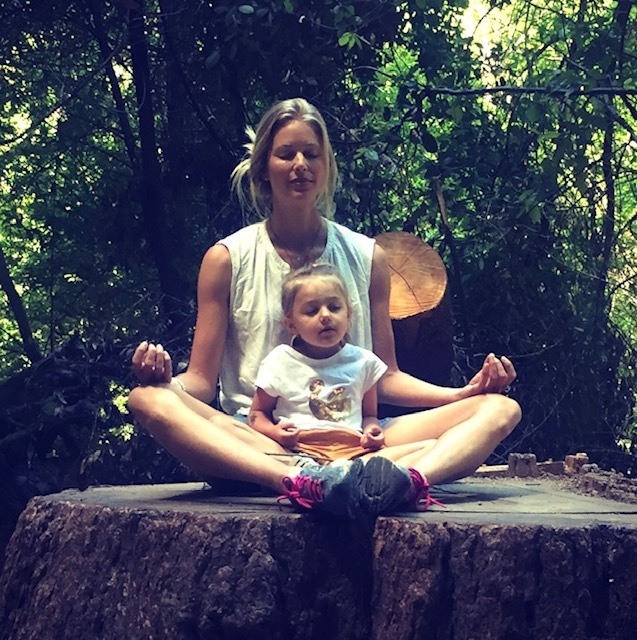 SM: I was sitting in my therapist’s office, when I was given this choice: you can either medicate or meditate. Ha. I remember my resistance to both. I had been struggling with anxiety my entire life. My relationships were a mess; I did not trust myself, nor the world around me. Over-medicated as a teen, my kidneys suffered. Medication was not an option.
SM: I was sitting in my therapist’s office, when I was given this choice: you can either medicate or meditate. Ha. I remember my resistance to both. I had been struggling with anxiety my entire life. My relationships were a mess; I did not trust myself, nor the world around me. Over-medicated as a teen, my kidneys suffered. Medication was not an option.
I was reluctant to give meditation a try because I thought it was going to be boring. I craved adventure, not peace! Still, I followed a few online meditations, went once a week to a meditation center in the city (Three Jewels) and also came back to my yoga practice.
In 2013, Oprah & Deepak launched a free event: a 21-day meditation challenge. I followed it and started noticing changes. I was calmer. It felt my heart could withstand a greater variation of emotions. One of the teachers in the challenge was Davidji. I dropped deeper and deeper into the practice with him. A year later I enrolled into his 4-month meditation teacher training. I had no intention to teach, but I was eager to learn and master meditation.
WL: What teachers have been pivotal in your understanding of how to apply meditation to modern life?
Davidji introduced us to many kinds of meditations, from Vedanta and Buddhism to modern philosophy and emotional healing. He invites his students to try for themselves to see what works before committing to a particular practice. I fell in love with meta and primordial sound meditation and started practicing twice a day for 30 minutes. This practice, as taught by my teacher, changed my life.
I also studied reiki with Joanna Crespo, and infuse reiki energy into all my meditations. Other teachers such as Elizabeth Jenkins, introduced me to Inca mysticism, which nourishes my language and world perception, connecting me to all that is in a spiritual way.
One other pivotal teaching has been Non-Violent Communication (NVC) by Marshal Rosenberg, and the practice of mindful communication with Oren Jay Sofer (you can follow his course on the 10% Happier app). I connect this with the teachings of Don Miguel Ruiz in his master piece The Four Agreements – a must-read.
WL: Are there parts of the practice that you’ve been integrating more into your daily life since the pandemic took hold? What advice would you give to someone who is struggling under the unusual and intense pressures that 2020 has brought?
With the pandemic, my activity slowed down and my stress level went up, worried about safety and money. To counter-balance the fear, I spent as much time in nature with my little girl as we safely could. I did a lot of grounding in the morning, journaled to notice my thought patterns, and with the guidance of Dr Joe Dispenza’s meditations was able to let go of some fear and invite in the change I wanted in visualization. Our practice is ever evolving and we have to make space for that to happen.
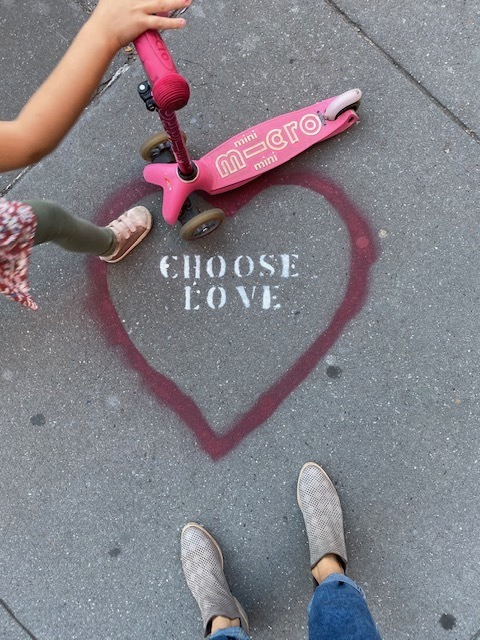 For all those of us struggling with these new circumstances, it’s crucial to validate our experience. Give yourself permission to be mad, sad, depressed, stressed out… The struggle is super real, so let’s not push away the feelings that come with it. Actually, check in often to see how you feel. Then move on from this by evaluating what you need in order to find peace again. Our needs for safety and freedom have been challenged. How can we still meet those essential needs?
For all those of us struggling with these new circumstances, it’s crucial to validate our experience. Give yourself permission to be mad, sad, depressed, stressed out… The struggle is super real, so let’s not push away the feelings that come with it. Actually, check in often to see how you feel. Then move on from this by evaluating what you need in order to find peace again. Our needs for safety and freedom have been challenged. How can we still meet those essential needs?
To help, we may want to look at past times, when we found ourselves struggling, and reflect upon how we overcame obstacles. I encourage my clients to engage with the best and highest version of themselves. Who you are when you overcome difficulties and thrive in life? We are incredibly resourceful and forget that sometimes.
To bring in more abundance in our life, the practice of gratitude is immensely beneficial. It gets us out of our stuck energy and present circumstances. It elevates us. Gives us more clarity. Things that seemed hopeless lose their intensity, and light is able to enter the cracked wall…
Once we’re there, we can go a step further by shining our light, no matter how small it may feel, and offering our service to others.
WL: Engaging with very young children around a mindfulness practice often involves lifestyle choices more so than direct teaching. Having them witness parents and family on the meditation cushion or the yoga mat goes further than telling them to do a down dog. In what way have you been able to weave your own mindfulness lifestyle into your parenting?
 This is such a great reflection and question! Our teaching is indeed most impactful when we live it. No pressure!
This is such a great reflection and question! Our teaching is indeed most impactful when we live it. No pressure!
When I’m with my daughter, mindfulness is weaved in our nature walks, like when we pick our own raspberries in the garden or tomatoes in the community garden we built in front of the house. I share in that way my values of fun and connection, giving & receiving, enjoying the small things and showing gratitude for all that life has to offer.
We started repeating a mantra of our own at the beginning of the Pandemic: ‘Be happy with what you got!’ What I love is that she says it to me, too, when I start complaining!
She also reminds me to breathe when she sees me getting stressed, just like I do with her when she gets frustrated. I cherish greatly that reciprocity. To get there, I have to give her space to express herself and voice her feelings. I also have to let my imperfections be seen, apologize when what I say or do is less than ideal, and learn to forgive faster. They mirror everything we are willing to see, which makes mindfulness a never ending and growing practice!
WL: Why is it important to expose kids’ to big ideas like compassion, respect, and discipline in books?
 Books are such a magical tool. They work just as much, if not more, outside the realm of reading. Both kids, parents and caregivers, can refer to the characters and situations encountered in the book to shed light on what’s going on in the moment. We don’t always have the right words on the spot, and books help us articulate thoughts and concepts.
Books are such a magical tool. They work just as much, if not more, outside the realm of reading. Both kids, parents and caregivers, can refer to the characters and situations encountered in the book to shed light on what’s going on in the moment. We don’t always have the right words on the spot, and books help us articulate thoughts and concepts.
The more we can teach children about compassion, respect and discipline, the more rounded adults they will become. How many of us had to do the hard work of unlearning and relearning how to truly care for ourselves? I wish I had read less about princesses and more about how to grow a strong heart and kind mind, not just for myself, but for others too.
Odette’s Alphabet is my commitment to contribute to our children’s wellbeing, deepen our connection to one another, and foster more peace, which doesn’t sound so boring anymore.
~~
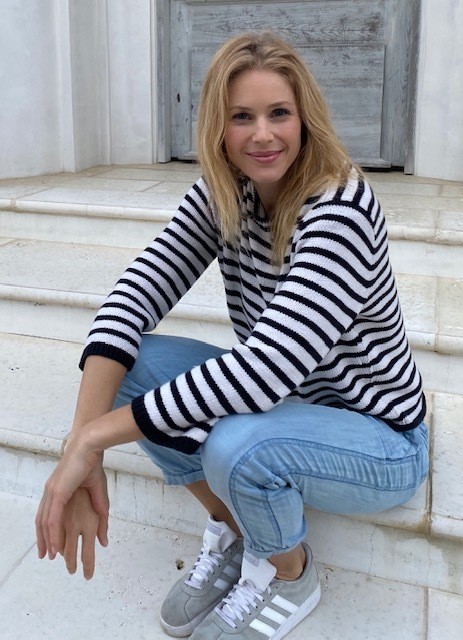 Sandrine Marlier is a mother, meditation teacher, Transformational Coach and Reiki Practitioner. She trained under meditation master, Davidji, and her approach blends healing and empowerment modalities so others can live their full potential, from a place of alignment.
Sandrine Marlier is a mother, meditation teacher, Transformational Coach and Reiki Practitioner. She trained under meditation master, Davidji, and her approach blends healing and empowerment modalities so others can live their full potential, from a place of alignment.
She believes in transforming the world from the ground up; ‘Odette’s Alphabet’ is her first fiction children’s book.
1
The post Transforming the World Via the Minds of Children: Odette’s Alphabet appeared first on Wanderlust.
from Wanderlust https://ift.tt/3jBV7KP
via
flipkartrider
















 The truth is, my love, control is only an illusion. Control is a construct we invent to comfort ourselves in the face of uncertainty. It’s nothing more than a distraction.
The truth is, my love, control is only an illusion. Control is a construct we invent to comfort ourselves in the face of uncertainty. It’s nothing more than a distraction.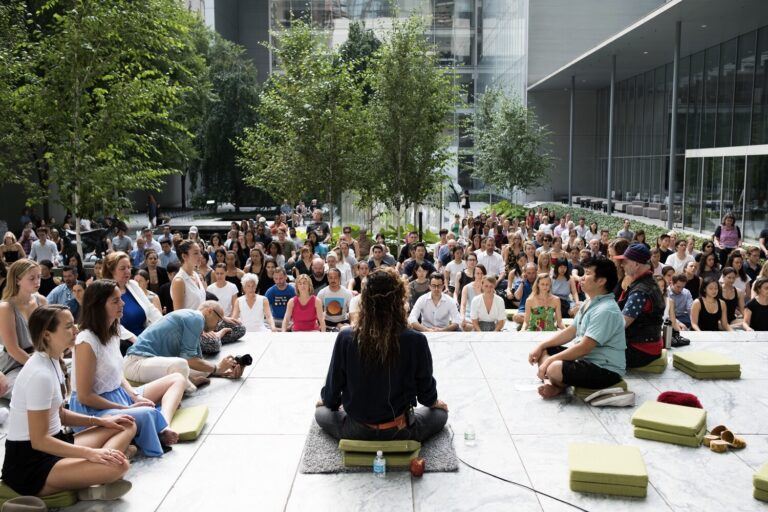 Get comfy. Take a few deep, centering breaths, and turn your attention inward. Bring your mindfulness about the external world into your internal landscape.
Get comfy. Take a few deep, centering breaths, and turn your attention inward. Bring your mindfulness about the external world into your internal landscape.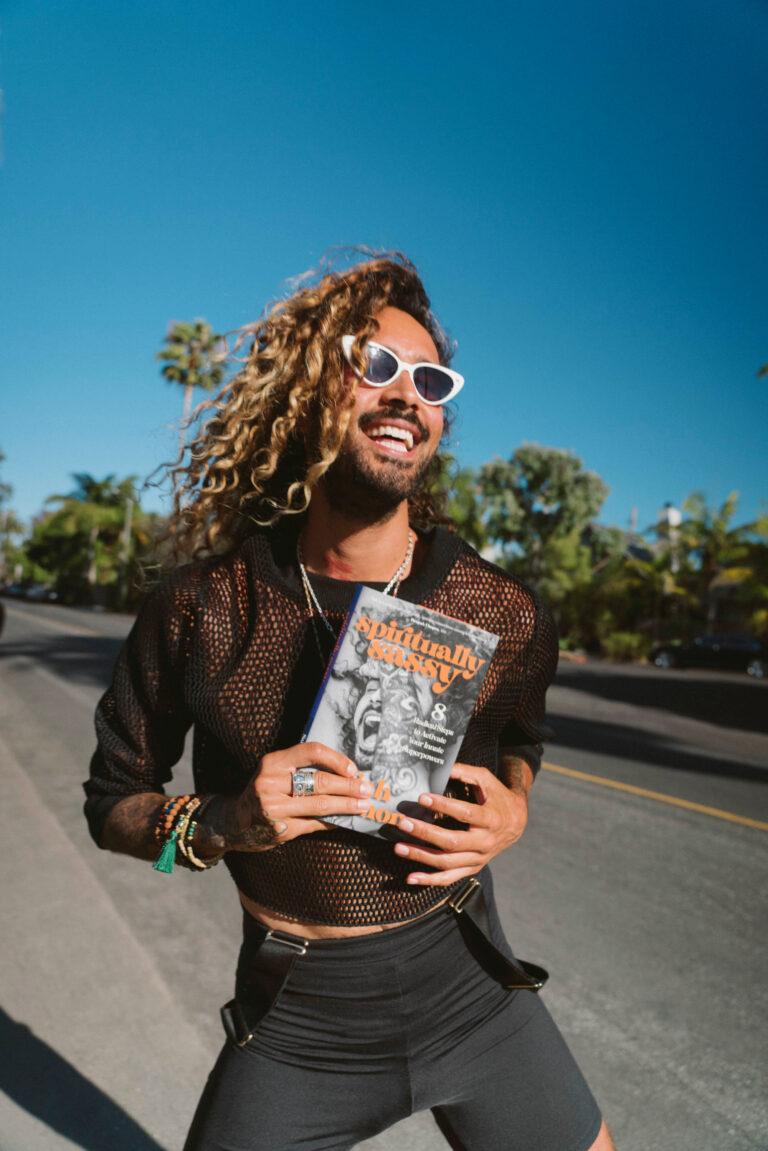

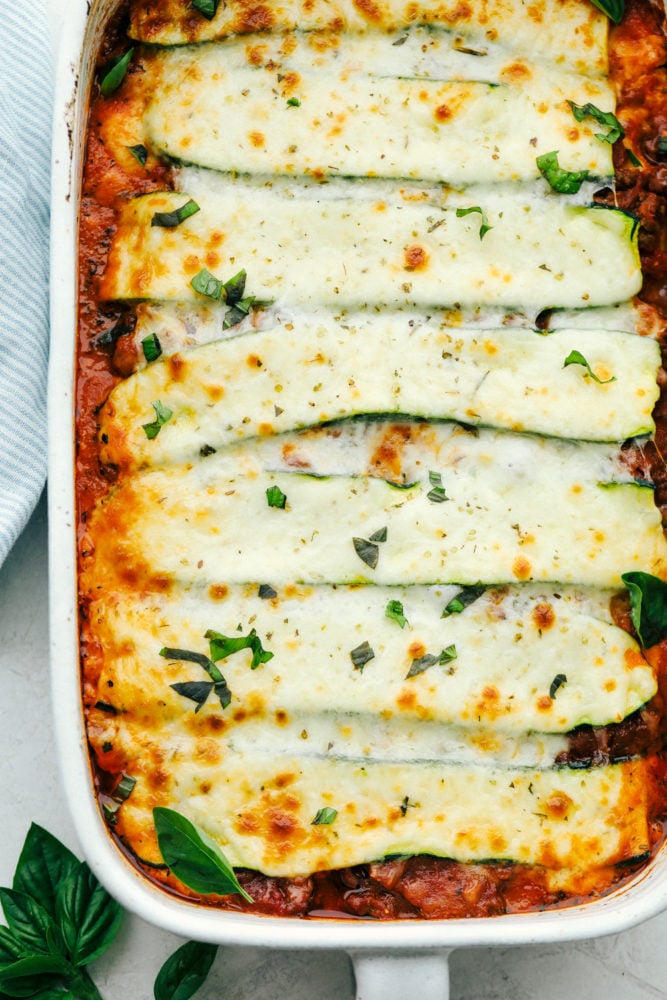
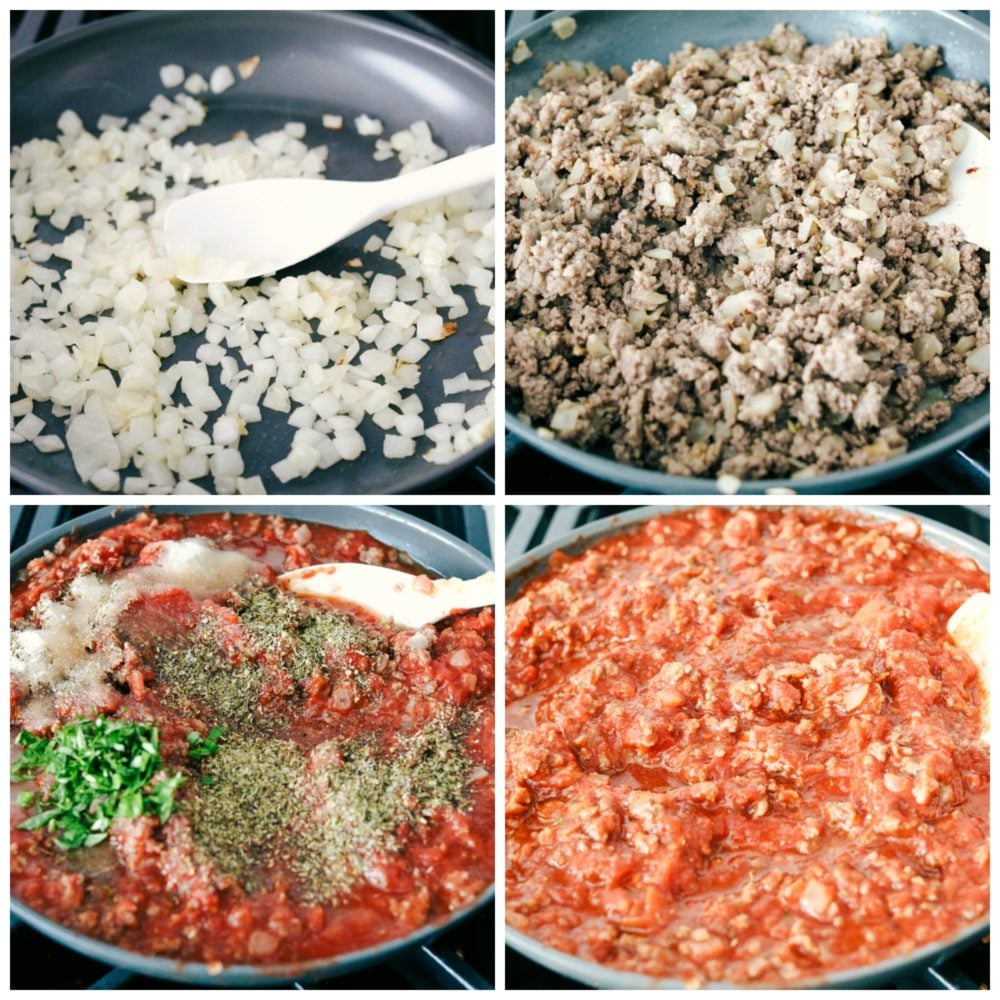
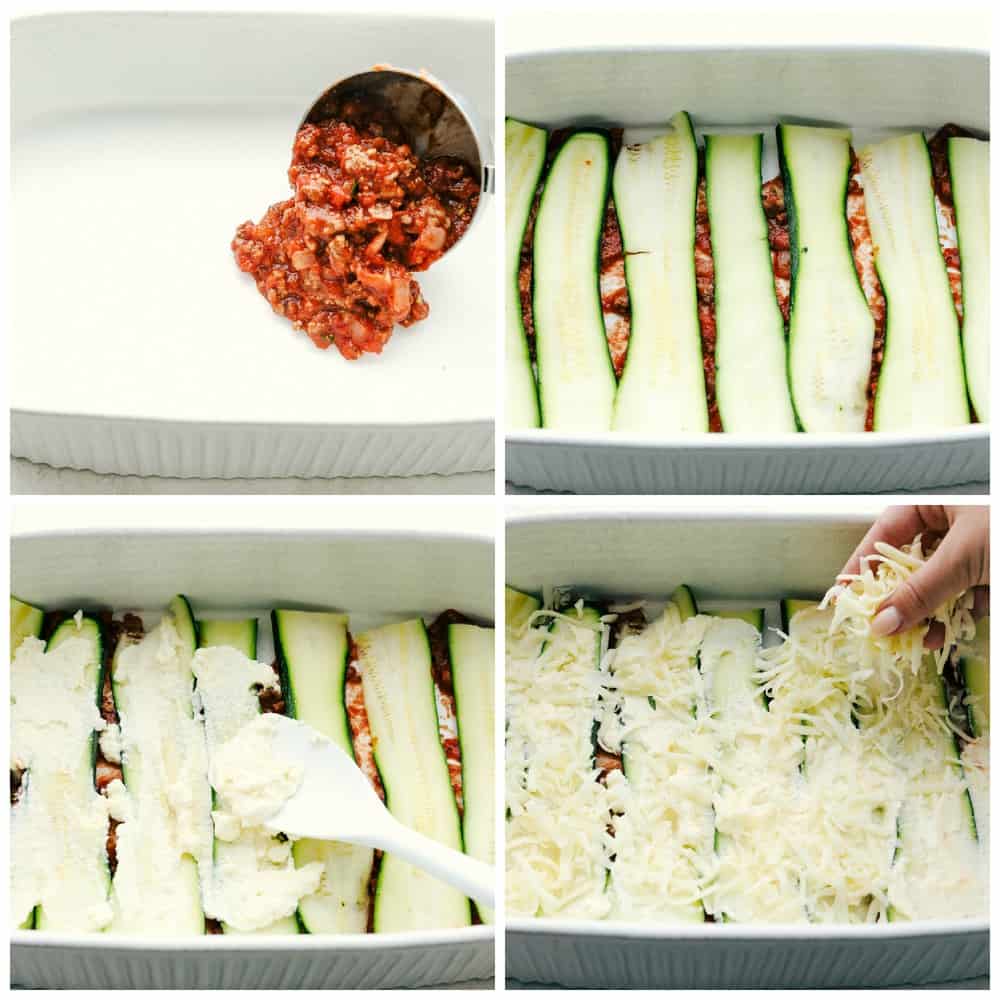
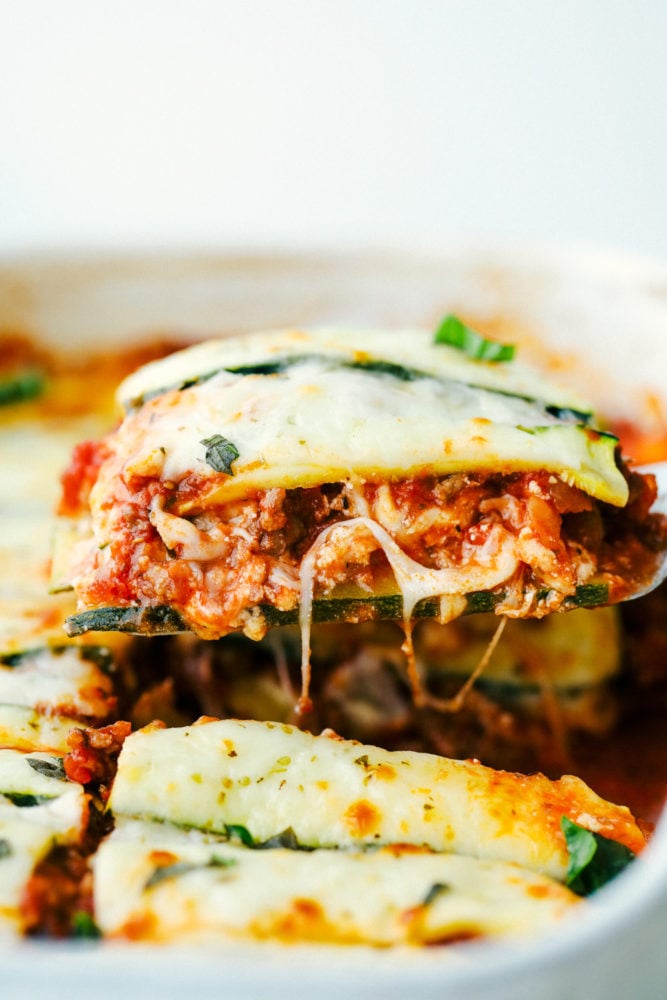
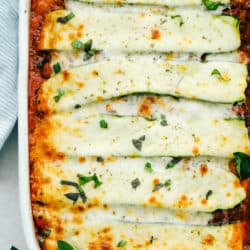

 SM: I was sitting in my therapist’s office, when I was given this choice: you can either medicate or meditate. Ha. I remember my resistance to both. I had been struggling with anxiety my entire life. My relationships were a mess; I did not trust myself, nor the world around me. Over-medicated as a teen, my kidneys suffered. Medication was not an option.
SM: I was sitting in my therapist’s office, when I was given this choice: you can either medicate or meditate. Ha. I remember my resistance to both. I had been struggling with anxiety my entire life. My relationships were a mess; I did not trust myself, nor the world around me. Over-medicated as a teen, my kidneys suffered. Medication was not an option.  For all those of us struggling with these new circumstances, it’s crucial to validate our experience. Give yourself permission to be mad, sad, depressed, stressed out… The struggle is super real, so let’s not push away the feelings that come with it. Actually, check in often to see how you feel. Then move on from this by evaluating what you need in order to find peace again. Our needs for safety and freedom have been challenged. How can we still meet those essential needs?
For all those of us struggling with these new circumstances, it’s crucial to validate our experience. Give yourself permission to be mad, sad, depressed, stressed out… The struggle is super real, so let’s not push away the feelings that come with it. Actually, check in often to see how you feel. Then move on from this by evaluating what you need in order to find peace again. Our needs for safety and freedom have been challenged. How can we still meet those essential needs?  This is such a great reflection and question! Our teaching is indeed most impactful when we live it. No pressure!
This is such a great reflection and question! Our teaching is indeed most impactful when we live it. No pressure!  Books are such a magical tool. They work just as much, if not more, outside the realm of reading. Both kids, parents and caregivers, can refer to the characters and situations encountered in the book to shed light on what’s going on in the moment. We don’t always have the right words on the spot, and books help us articulate thoughts and concepts.
Books are such a magical tool. They work just as much, if not more, outside the realm of reading. Both kids, parents and caregivers, can refer to the characters and situations encountered in the book to shed light on what’s going on in the moment. We don’t always have the right words on the spot, and books help us articulate thoughts and concepts. 